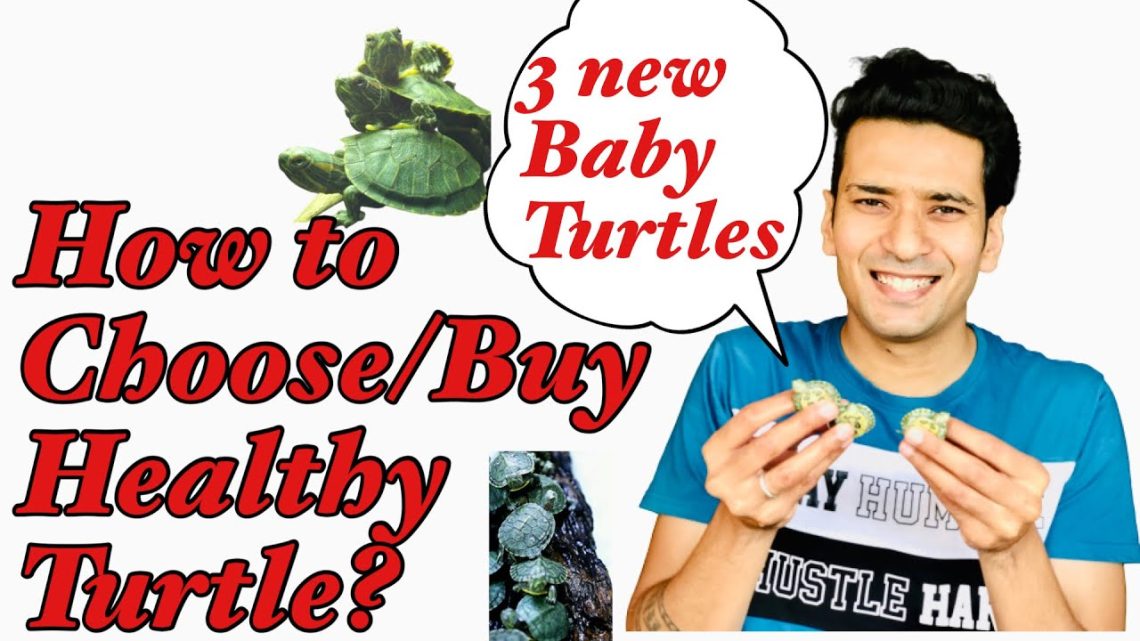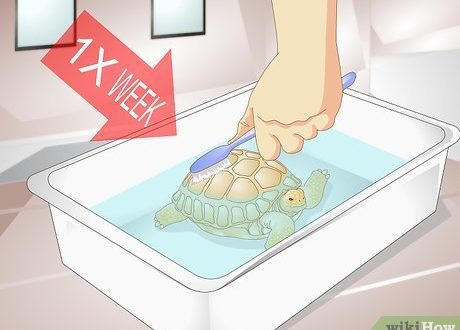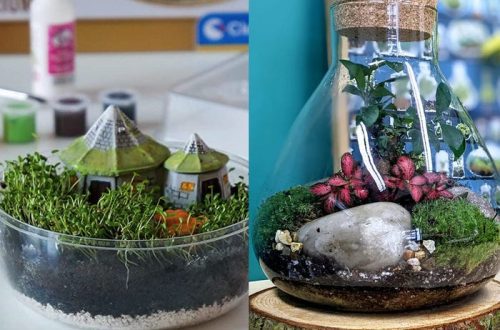
Buying a Turtle, Choosing a Healthy Turtle
Don’t run straight to the pet store to buy a turtle, but rather look for abandoned turtles (rejected by their owners) on the Internet. And you will be cheaper and help people! Some turtles are given away or sold with fully equipped terrariums. Red-eared turtles are given in huge numbers, both young and adults, sometimes Central Asian, swamp and trionics are given. Exotic turtles are almost never given away for nothing, but are sold, sometimes for quite a low price.
We strongly do not recommend buying turtles on the street from hands, at zoo markets, catching them in nature and taking them home. You are reducing the turtle population and helping them disappear from planet Earth! Turtles from the hands and from the zoo market are often smuggled and sick.
You should not buy a sick turtle out of pity if you yourself do not know how to treat turtles, and in your city there are no good herpetologists and veterinary pharmacies with rare drugs.
Choosing a place of purchase
Board of declarations, forum. You can take or buy a turtle for free on our forum on the Bulletin Board, where aquatic and land turtles are given to kind and caring hands. The turtles are housed by the Turtle Relief Team (HRC), as well as many visitors and visitors to the site from different cities. Also, turtles are often given away on city forums and on bulletin boards: the most popular platform is Avito.ru. Find out in advance the city of the seller, the condition and age of the turtle, how long and how exactly it was kept earlier. Exotic turtles can be found on the myreptile.ru and reptile.ru forums.
Pet Shop. If you decide to buy a turtle in a pet store, then choose a pet store with a good reptile department, where, in addition to turtles, lizards, snakes, and spiders will also be sold. In such pet stores, animals are usually kept much better than in ordinary small ones, where turtles are rarely sold and not only do they not know how to keep them at all, but they also hang on the ears of gullible buyers of noodles that the turtle does not grow and you need to buy everything for it rather big amount. The first impression of the animals that you are offered should be formed already on the threshold of the store. If animals are shown in crowded, dirty and smelly cages, they are unlikely to be healthy. Conversely, stores that spend time and effort creating the right environment for their pets and displaying them in a way that impresses the customer are much more likely to offer you healthy animals in excellent condition. A pet store worker should be proud of his work and love animals, and not just chase profit. If you have the slightest doubt, or if the store and its employees did not make a good impression on you, look elsewhere for turtles. If the turtles are kept in unsuitable conditions, talk to the sellers and leave a negative review in the Pet Store’s Book of Complaints and Suggestions. They should be in every store.
At reptile shows. Reptile sales exhibitions are regularly held in various cities and countries, where you can buy turtles from both private breeders and firms. Usually, all animals sold have veterinary certificates and documents of legal origin. Usually there are a lot of beautiful species of turtles at such exhibitions, but there are problems with transporting reptiles across the border.
Wild or bred?
It is better to buy an animal born in captivity than caught in the wild. Turtles from nature are often infected with worms, other parasites, and are subjected to severe stress. Animals brought from nature are cheaper than bred ones, so always pay attention to the letters in ads on foreign sites: CB (captive bred) – animals obtained from captive breeding and WC (wild caught) – wild caught in nature. If you knowingly buy a WC animal, it’s a good idea to take it to the veterinarian (reptile specialist) and have it tested, as these animals often carry parasites such as worms and mites.
Health check
When choosing a turtle, check for external damage to the skin, limbs and shell (scratches, blood, strange spots). Then see if there is any discharge from the nose, if the eyes open. In addition (for freshwater) it is necessary to check whether the turtle can dive in the water, as otherwise it may have pneumonia. The turtle should not sniff, blow bubbles, or salivate strangely. The turtle must be active and move briskly on a horizontal surface. Treating a turtle often exceeds the cost of the animal itself, so don’t buy a turtle unless you’re sure you can provide for it. A healthy turtle is active and has no discharge from the nose and eyes. Eyes open, not swollen, breathes through nose rather than mouth, reacts to people. She should swim well (if water) and walk on land without falling on her side, without limping. Her shell should be even and firm. The skin and shell of the tortoise must not show signs of damage or detachment (especially in aquatic turtles).
Documents
When buying a turtle in a store, at a minimum, you should take and keep the receipt for the animal. This will come in handy if you decide to take the turtle to another country or even a city by plane. Read about the necessary documents when selling turtles in a separate article. If you have been sold a sick animal, then you have the right to demand a refund. Treatment costs can be recovered from the seller.
When is the best time to get a turtle? It is recommended to take turtles from late spring to early autumn. In winter, sick animals can be sold, or they can catch a cold during transportation to a new home. Turtles can be taken from trusted people at any time of the year, and in winter, it is more likely that turtles will not be smuggled from nature, but bred on farms or at home.
Is it better to take from breeders or in a nursery than in a pet store or in the market? If the turtle is not on the CITES list, then most likely it is bred in captivity in a nursery and is sold without documents, because. they are simply not needed. Transportation of such a turtle from country to country is quite legal. If the turtle is on the CITES list of endangered species, then you can buy a bred turtle (but without documents) from turtle breeders, which can be found on turtle and reptile forums. Usually everyone knows these breeders, they have Diaries on the forums, where they describe turtle parents, their clutches and post photos of babies. You can buy a bred or officially caught turtle with documents in Moscow at some pet stores, for example, Papa Carlo (according to them they have CITES documents), or abroad at pet stores or at annual reptile sales exhibitions in European cities (for example, exhibition in the German city of Hamm, which takes place 2 times a year). Redworts are bred on farms in Europe and Asia on a gigantic scale, Central Asians are mainly smuggled into Central Asia, and small exotics can be either bred or caught in nature.
After buying a turtle It is better to carry a turtle from a pet store in warm weather – in a closed box with paper and holes for ventilation, in cold weather – in a box with a heating pad, or pressed to the body, since the turtle does not emit heat itself and wrapping it in rags will not help her. Trionics must be transported in water so that the skin on the shell does not dry out or wrapped in a damp cloth. It is necessary to prepare in advance all suitable conditions for the turtle (temperature, light, ventilation). If you bought a turtle in addition to the ones you already have, then first quarantine the newcomer and watch him for 1-2 months. If everything is in order with the turtle, then you can sit down with the rest of the turtles. If the newcomer and the old-timers are in conflict, then it is necessary to seat them again. Some aggressive species (trionics, caiman, vulture turtles) should always be kept separately. Sexually mature male Central Asian tortoises can bite females or other males in a terrarium.
Disinfecting the turtle after purchase is not necessary, because you will still keep it in quarantine. But after communicating with the turtle, you must always wash your hands. It is also recommended to bathe the acquired turtle in a bath with warm water. If the turtle is a naturalist, then it is necessary to treat it for protozoa and helminths. It is also better to take blood biochemistry once a year to check the health of the reptile.
Why can’t you buy turtles in pet stores and bird markets?
Needless to say, the steppe tortoise, if it continues to be bagged out of its native habitat at such a rate, will very soon acquire the status of not even “Endangered”, but simply “Endangered Species”, and we will be able to read about them only in books. Buying one individual of this species, you deliberately exclude the right to procreate, because. she will not have offspring, which means that several living organisms will never receive the right to exist. In place of the one you bought, five more will be brought next year. If we talk at all about such a dubious act as buying turtles in pet stores, then it makes sense to thoroughly study this issue, organize the maximum comfortable conditions and try to help turtles breed at home.
But there is another side of the issue, it is closer directly to the buyer. Turtles are transported incorrectly (or rather, even in a brutal way), because of which half die on the way, and the rest, who survived, are transported to pet stores, where some part, in turn, dies from the lack of even the minimum conditions of detention and sores that they have earned on my way. As a rule, it is pneumonia, herpes (herpesvirosis, stomatitis) and so on. If they survive, they most likely have problems like rhinitis, worms, dry or wet shell dermatitis, beriberi.
Such turtles often die within one to three weeks (this is the incubation period of the most dangerous diseases). Many owners do not know where to turn, so they go to the first veterinarians they come across – they work with warm-blooded animals, so they are not able to cure the reptile. Often they give the wrong prescriptions, and as a result, there are more and more cases of turtle deaths from treatment. Some owners do nothing at all and think that swollen eyes, snot, inactivity, and food refusal are normal for the turtle. Those who still think that this is not the norm turn to the forum and then, if possible, to good reptile specialists. The catch is that there is still very little chance of curing turtles. And you need to be aware of this.
Below is a far from complete list of topics from the Memorial section of the forum, each of which describes the story of terrestrial turtles bought at a pet store / at the Bird Market (there are also many stories about water turtles), which could not be saved. And these (I emphasize) are only those people who turned to the forum at all, but how many more are those whose turtles died, but we don’t know about it? This will add weight to our words about not buying turtles. Following the link, you can read the history of the purchase and the long unpromising treatment of each individual.





